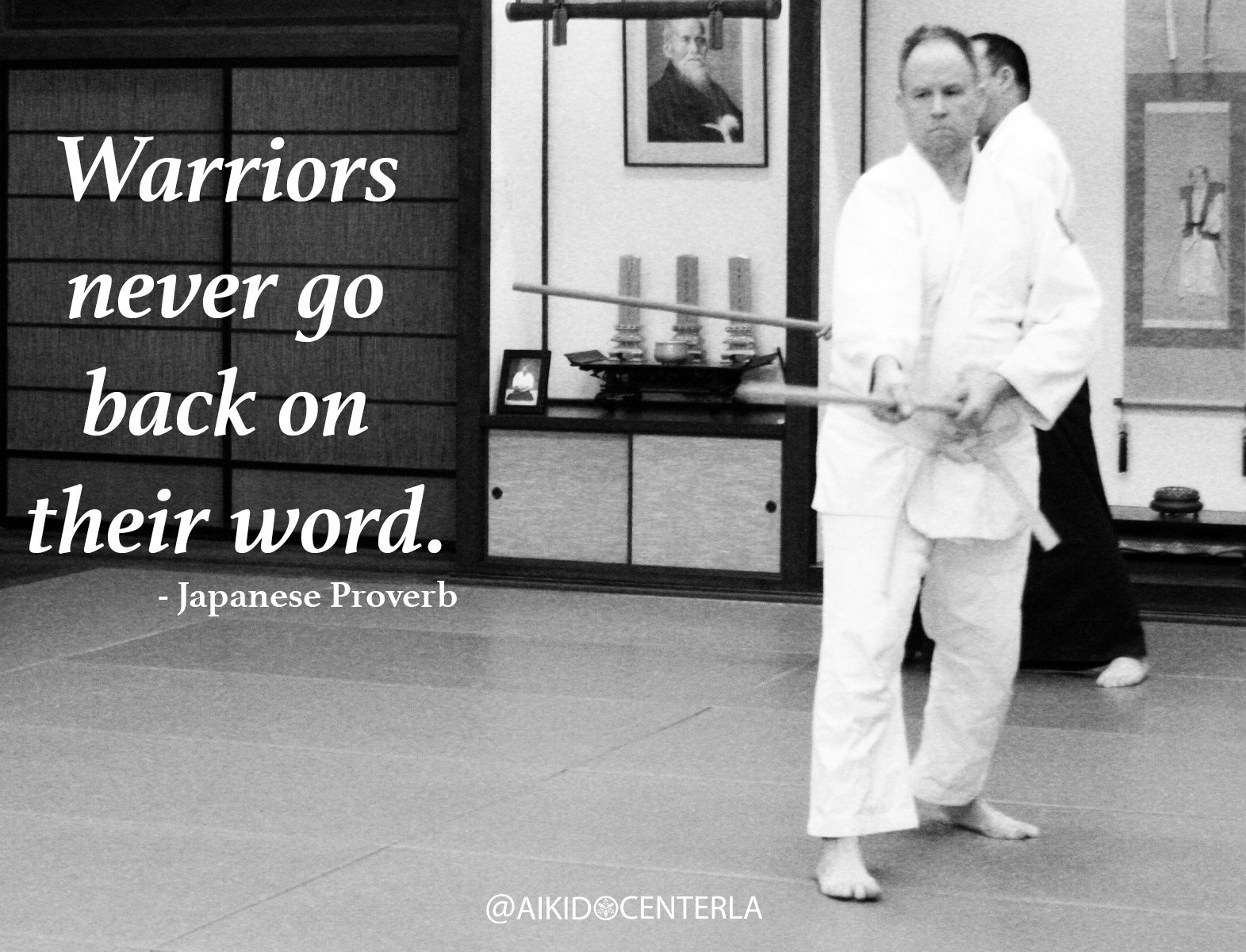“Opportunities multiply as they are seized.” Sun Tzu
A good martial artist knows how to get to the Bonus Rounds. In video games, the Bonus Round is a special level within the game which is designed to reward a player with extra points, special powers, or valuable information. In the martial arts, the Bonus Rounds are where we make the most significant gains in our training. In a video game, a player has to play long enough or well enough to get to the Bonus Round. It is the same in martial arts training as the keys to getting to the Bonus Rounds are constancy and consistency. To achieve constancy and consistency, each of us tries to maintain a “regular” training schedule. In the martial arts, we reach the Bonus Round whenever we go to class outside of our regular training schedule or when we stay late or come early in order to get some “extra” training in. Basketball legend, Jerry West said, “You can't get much done in life if you only work on the days when you feel good.” Thus, those days when we really don’t want to go to class or when going to class is a struggle, those days are considered Bonus Rounds as well. The Bonus Rounds are where we find that extra little something that when applied to the momentum of our regular training helps to push us over the edge toward mastery. In Sun Tzu’s Art of War, he writes that “Opportunities multiply as they are seized.” Sun Tzu’s quote is about momentum and that the more we do something, the more that thing multiplies. Greek Philosopher Seneca once said, “Luck is what happens when preparation meets opportunity.” Therefore, we are successful as a result of the momentum that is acquired through regular training and that momentum is multiplied whenever we do something outside of our regular training. With that being said, if we aren’t regular with our training, we can never get into the Bonus Rounds and making gains will be much harder to achieve. In life and in the martial arts, success comes to those who have prepared themselves and are ready to seize upon opportunities as they arise. A good martial artist knows that in the Bonus Rounds opportunities multiply as they are seized.
To help students get to the Bonus Round, we are expanding our schedule June 1st back to seven days a week. There is one change to the already published schedule which is that Saturdays at 10:15 AM will be Regular instead of Advanced.
Today’s goal: In what ways can you get to the Bonus Rounds?
Watch this video to better understand putting in the work.





















